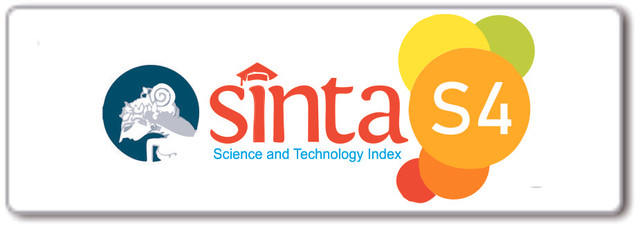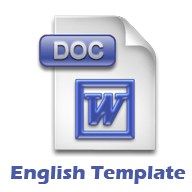Development of E-Module Learning Basics Survey and Mapping Department of Civil Engineering Faculty of Engineering Universitas Negeri Padang
Abstract
The implementation of learning the basics of surveying and mapping has not been optimal. One of the causes is the lack of use of innovative learning media that can motivate students to learn. E-modules can be one of the solutions in complementing the right learning strategies in this digitalization era. The purpose of this study was to develop an E-Module Learning the Basics of Surveying and Mapping in the Department of Civil Engineering, Faculty of Engineering, State University of Padang. The type of research used is research and development, with a 4-D (Four-D) development model, which consists of four main stages, namely defining, planning, developing, and distributing. (disseminate). The test subjects in this study were students majoring in Civil Engineering, Faculty of Engineering, Universitas Negeri Padang (UNP). Based on the results, it was found that the design of media and materials was valid in terms of didactic, construction, and technical aspects as well as in terms of the quality of content, learning interaction, and display. This e-module also includes a very practical category based on teacher and student responses from the aspect of ease, the effectiveness of time and use, and from the aspect of time, ease, and usability of media based on student responses. Based on the assessment of student learning outcomes, it was found that this e-module is effective in improving student learning outcomes. So, it can be concluded that this e-module is valid, practical, and effective to be applied in learning interactions and displays. This e-module also includes a very practical category based on teacher and student responses from the aspect of ease, the effectiveness of time and use, and from the aspect of time, ease, and usability of media based on student responses. Based on the assessment of student learning outcomes, it was found that this e-module is effective in improving student learning outcomes. So, it can be concluded that this e-module is valid, practical, and effective to be applied in learning interactions and displays. This e-module also includes a very practical category based on teacher and student responses from the aspect of ease, the effectiveness of time and use, and from the aspect of time, ease, and usability of media based on student responses. Based on the assessment of student learning outcomes, it was found that this e-module is effective in improving student learning outcomes. So, it can be concluded that this e-module is valid, practical, and effective to be applied in learning it was found that this e-module is effective in improving student learning outcomes. So, it can be concluded that this e-module is valid, practical, and effective to be applied in learning it was found that this e-module is effective in improving student learning outcomes. So, it can be concluded that this e-module is valid, practical, and effective to be applied in learning.
























